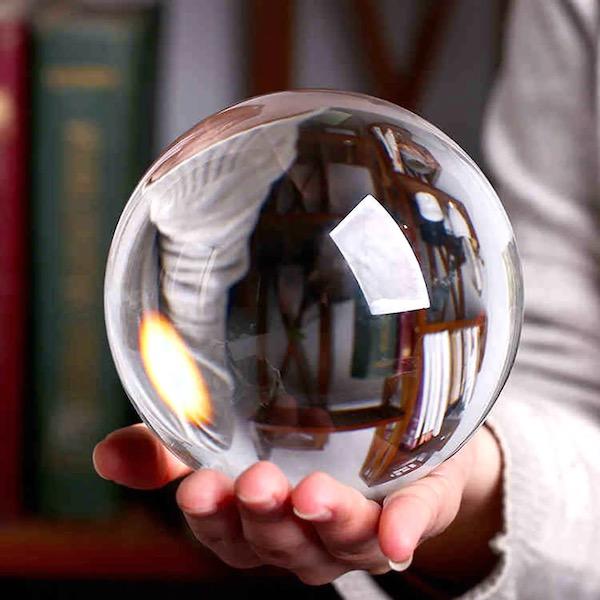Back to the Future

The GM piece envisioned nearly instantaneous highway construction and repair (which would be helpful for today's Philadelphians), along with driverless cars (but no mention of electric cars replacing the internal combustion engine). It also postulated tunneling freeways through mountains using an atomic drill that would literally melt the rock and flow the refuse out of the way (Calling the EPA oops, sorry, but they didn't exist in the 1950s).
More to our interest here, Westinghouse's all-electric home is a fascinating look back at the 1950s' ideal "home of tomorrow" (or at least Westinghouse's). It also not so subtly reflected social attitudes that have also changed dramatically. The structure of the piece, while not at all sexist given the then customs of the day, clearly dedicates the tour of the kitchen, laundry room, and health and beauty center (the latter including a sunlamp which, as the narration states, gives you that healthy glow!!) to the wife and her female guest. The man of the house shows his friend all of the nifty electronic wiz-bangs: the indoor barbecue pit, a wall panel providing everything you need to know about the current outside conditions (including the all-important atmospheric pressure), and a hobby shop with woodworking tools, a paint booth (!), and a smaller hobby area for the kids.
The predictions of the home's electronic entertainment center were surprisingly tame considering what 2023 actually offers. There was no mention of Wi-Fi, mobile phones, or a big-screen TV. The TV shown, in fact, was a CRT of little more than 21-inches. It wasn't playing, and there was no mention of whether or not it was a color set. There was an on-wall panel to let you choose and play your favorite hit tunes, but no explanation of how this was accomplished. A built-in film projector could be popped out from a hidden cabinet, along with a drop-down screen, to play your latest home movies and speed your guests' departure. There was also a business work area (presumably mainly for the man of the house, of course), but while a computer, screens, and printer were present, they looked very different (and far more space-hogging) than what we see today.
The Westinghouse presentation also had a blink-and-you'll-miss-it shot of a stacking LP record changer, a small, clunky model little different from something you'd find in the 1950s. And why LPs? Yes, in that respect everything old is new again even today, but couldn't the piece have speculated on a new format? Mono LPs dated from the early '50s, the stereo LP from around 1958, and by that time tape was available. There was also nothing in the presentation resembling an entire audio system of any sophistication. But even in the mid-1950s, an audio system assembled from available products, would have startled and impressed the average consumer by looking suitably futuristic.
That 21-inch, CRT TV kept nagging at me. There's no concept of a flat screen set in the piece; perhaps Westinghouse wasn't particularly interested in TVs? But a similar YouTube future prediction-piece from the same era, narrated by Walter Cronkite, while a little less thorough overall did speculate about the existence of a huge, wall-filling TV. So the idea wasn't undreamed of at the time. Apart from projection, however, we still don't quite yet have that today, though we're close. The only difference is that the screen shown in the Cronkite video appeared to be 4:3!! That would date the prediction to the early '50s, when widescreen movies were just entering the film world. We were still a long way from widescreen at home, apart from Hollywood big-wigs who could afford a personal home theater (a name and category still 40 years into the future) and access to the film reels to justify it.
Future predictions remain a dark art, but they're so easy to make that today everyone's a psychic. I still remember when home theater was just getting off the ground. John Atkinson, the long-time editor of Stereophile magazine, was concerned about what home theater might do to the 2-channel audio market. He wondered if Stereophile might soon become a pamphlet. That didn't happen, of course, and both 2-channel audio and home theater have since flourished.
What will the next 50 years hold? Will vinyl continue its unexpected resurgence or, perhaps more to the point, will the gear needed to master LPs still exist in 2070? Will the prices of high-end audio discourage buyers from purchasing more realistically-priced products if they believe that the latter are somehow compromised and therefore not worth bothering about? On the home-theater front, will the current packaged-media vs. streaming result in the ultimate death of HD discs, limiting the options available to the consumer to increasingly compressed streaming, not to mention the current trend toward "updating" (or cancelling) older streamed content to meet the content providers' judgement of its economic or social viability? Will players for Blu-ray discs even still be manufactured (hint to those with large disc collections: be sure you have one or two functional backup players just in case!)? But if the past attempts at predicting the future are any example, it's likely that the home entertainment of 2070 will be nothing like anything we can imagine today.





























































